The Dawn of a New Era in Space Exploration
Imagine you’re aboard a spacecraft, cruising through the vastness of space. The journey is long, the data overwhelming, and the stakes are higher than ever before. How do astronauts and space agencies manage to explore the unknown safely and effectively? The answer lies in Space AI.
Artificial Intelligence (AI) is rapidly transforming space exploration, making missions more efficient and helping overcome the challenges of distant space environments. From autonomous spacecraft to assisting astronauts, Space AI is a game changer. But how exactly is AI being integrated into space exploration?
The Power of Space AI: Unlocking the Potential
Space AI is not just a futuristic concept; it’s already here, shaping the future of space exploration. By processing vast amounts of data, assisting astronauts in their daily routines, and enabling spacecraft to operate autonomously, AI is proving to be an invaluable tool. Let’s dive into how Space AI is revolutionizing the way we explore space.
10 Ways Space AI is Revolutionizing Space Exploration
1. Autonomous Navigation in Spacecraft
Space AI is transforming spacecraft navigation, allowing them to operate autonomously and make decisions without needing constant communication with Earth. With real-time AI systems, spacecraft can adjust their course based on the immediate environment, critical for missions to distant planets where communication delays are inevitable.
For instance, spacecraft traveling to Mars experience a communication delay of up to 20 minutes one way, which makes it difficult to issue immediate commands. Through Space AI, spacecraft can navigate through asteroid fields, analyze terrain, and make critical decisions on their own. NASA’s Perseverance rover on Mars utilizes AI to avoid obstacles, select optimal paths, and prioritize scientific objectives, all without waiting for commands from Earth.
Key Features:
- Real-Time Navigation: AI systems process data from spacecraft sensors and make course corrections autonomously.
- Critical Decision-Making: AI enables spacecraft to make decisions about where to go, which objects to examine, or when to avoid hazards.
- Long-Distance Missions: With communication delays ranging from minutes to hours, autonomous navigation is crucial for deep space exploration.
These advancements significantly enhance mission efficiency, ensuring spacecraft stay on course even when humans can’t provide immediate guidance. AI-powered navigation systems are an essential part of modern space exploration.
2. AI Satellites for Earth Observation
AI Satellites have become a critical tool in space exploration, offering unprecedented capabilities in Earth observation. These advanced satellites, powered by Space AI, are designed to autonomously monitor and analyze various environmental factors with remarkable efficiency.
Here are some ways AI Satellites are revolutionizing Earth observation:
- Tracking Space Debris: Space AI systems help monitor and track space debris orbiting Earth, a growing concern for satellite safety. AI satellites can predict collision risks and recommend evasive maneuvers, reducing the potential for accidents.
- Weather Prediction: AI-equipped satellites can autonomously track weather patterns, including solar activity, hurricanes, and storms. This allows for faster and more accurate weather forecasting, offering crucial data for disaster preparedness.
- Environmental Monitoring: With AI, satellites are able to analyze environmental changes like deforestation, pollution, and climate change. By processing large datasets efficiently, AI Satellites provide actionable insights for global sustainability efforts.
According to a 2020 report from the European Space Agency (ESA), AI satellites have increased the efficiency of monitoring Earth’s weather by over 30%. This capability enables better disaster prediction, improving the accuracy of emergency responses. The continuous development of AI Satellites will enhance Earth observation, benefiting everything from environmental research to space safety.
3. Space Weather Monitoring and Prediction
Space weather, including solar storms and solar flares, poses a significant threat to satellite communication and navigation systems. Predicting these events is crucial to safeguard our space-based infrastructure. Traditionally, space weather prediction relied on slow, manual methods, but Space AI is now changing the game.
AI algorithms process vast amounts of data from solar observations, providing near real-time predictions of solar flare activity. These predictions can help space agencies and satellite operators take proactive measures to mitigate the impacts of space weather. For example, NASA’s Solar Dynamics Observatory (SDO) continuously collects data on the Sun’s activity, feeding this information into AI models that predict solar storms and flares with increasing accuracy.
Statistical studies show that AI-enhanced prediction models have improved the accuracy of solar flare forecasts by up to 30%, enabling better preparedness and response strategies. Additionally, AI’s ability to process data faster than humans allows for quicker decision-making during high-risk periods.
By incorporating Space Automation and AI Satellites, this technology can predict the potential disruption of satellite systems and space missions, offering a safer environment for space operations. This capability is crucial as we move toward more complex missions, such as those involving AI Spacecraft exploring deeper into the cosmos.
4. Enhanced Data Processing and Analysis
In the realm of space exploration, the sheer volume of data generated by satellites, space telescopes, and interplanetary probes is staggering. For instance, NASA’s Mars Reconnaissance Orbiter produces over six megabits of data per second, amounting to terabytes daily. Managing this massive data stream without AI assistance would be impossible.
AI Algorithms for Streamlined Data Processing
AI plays a pivotal role in rapidly sorting and analyzing this data, enabling researchers to focus on critical findings. Machine learning models can quickly identify anomalies, classify images, and analyze sensor readings, greatly accelerating scientific discovery. For example, AI helps process the imagery sent back from Mars, automatically highlighting features such as mineral deposits or signs of water.
AI in Telescope Data Analysis
AI is also being employed in space telescopes, such as the Kepler Space Telescope, where it has been used to detect exoplanets by analyzing light curve data. AI systems can detect subtle patterns in the light variations from distant stars, which would be nearly impossible for humans to identify manually.
Real-Time Prioritization
The speed and accuracy of AI allow space agencies to prioritize significant events, such as detecting solar flares or potential asteroid impacts, enabling quicker responses that enhance the safety and success of space missions.
This level of data processing is fundamental to the advancement of Space Automation, AI Satellites, and AI Spacecraft, ultimately driving the future of space exploration.
5. Autonomous Planetary Exploration
AI-driven systems are revolutionizing planetary exploration, allowing rovers and spacecraft to operate independently. For example, NASA’s Perseverance rover, which landed on Mars in 2021, relies on AI to autonomously navigate the Martian terrain. This capability is especially important for exploring distant planets, where communication delays between Earth and the spacecraft can range from 13 to 24 minutes, depending on the distance.
How AI Enhances Exploration:
- Real-Time Decision Making: AI systems allow rovers to analyze their surroundings, avoiding obstacles like rocks and craters. This is crucial in environments where immediate human intervention is not possible due to communication delays.
- Optimizing Pathfinding: By using onboard sensors and AI algorithms, rovers can create 3D maps of the terrain, enabling them to identify the best routes for exploration. This reduces the chances of mission failure due to unexpected terrain conditions.
- Mission Efficiency: AI systems help maximize the rover’s productivity by prioritizing tasks. For instance, Perseverance can autonomously select scientific targets for further study based on real-time analysis of the terrain, ensuring that time and resources are used efficiently.
By leveraging Space Automation and AI Spacecraft, future missions will be able to explore even more distant worlds with greater autonomy, reducing reliance on Earth-based operations and enhancing the chances of success in harsh environments.
6. Predictive Health Monitoring for Astronauts
Space exploration presents unique challenges for astronauts, especially when it comes to maintaining their health in the isolated and stressful environment of space. AI is playing a key role in predictive health monitoring, using advanced algorithms to track astronauts’ physical and mental well-being in real-time.
How It Works
AI systems analyze data from various sensors that monitor astronauts’ vital signs, including heart rate, blood pressure, oxygen levels, and skin temperature. These sensors are integrated into wearable devices and medical equipment aboard spacecraft. Additionally, AI analyzes sleep patterns, physical activity, and even psychological stress levels by observing behavioral indicators. This holistic approach enables a more comprehensive understanding of an astronaut’s health.
Personalized Health Interventions
By continuously monitoring astronaut health, AI can predict potential health issues before they become critical. For example, AI can detect early signs of fatigue or stress and recommend adjustments to an astronaut’s schedule or environment. Personalized interventions, such as optimizing sleep cycles or exercise regimens, can be suggested to improve overall well-being.
Statistical Impact
Studies have shown that AI-based health monitoring systems have reduced the likelihood of astronaut health problems during extended missions by over 30%, ensuring better performance and safety. These advancements will be crucial for future long-duration missions, such as trips to Mars.
7. Psychological Support for Astronauts
Long-duration space missions, such as those to the International Space Station (ISS) or planned missions to Mars, can take a significant toll on astronauts’ mental health. The isolation, confinement, and stress of being away from Earth for extended periods can lead to emotional strain, affecting performance and well-being. AI-powered systems are being developed to offer psychological support to astronauts, providing solutions to manage this stress.
One prominent example is CIMON (Crew Interactive Mobile Companion), an AI-powered robot designed for astronaut assistance. CIMON was tested aboard the ISS in 2018 and equipped with voice and facial recognition to respond to emotional cues. This robot can detect signs of stress or anxiety in astronauts and offer therapeutic guidance, such as mindfulness exercises or mood-elevating interactions. It acts as a companion to reduce feelings of isolation.
Statistics have shown that stress-related issues, including sleep deprivation, are common in space. Astronauts often experience disturbances in their circadian rhythm, which can impact mental health. AI-driven psychological support is therefore becoming increasingly essential in managing these health risks. By offering real-time interventions, Space AI helps astronauts cope with the mental challenges of deep space exploration, ensuring their psychological well-being is maintained throughout the mission.
This type of AI innovation is essential for ensuring that astronauts can perform at their best, despite the stresses of working in space.
8. AI-Assisted Mission Planning
AI plays a pivotal role in enhancing the efficiency and accuracy of mission planning for space agencies. By leveraging historical mission data, AI systems can simulate various scenarios and predict potential outcomes, helping to refine mission strategies. This ability to anticipate and evaluate multiple scenarios is crucial for planning complex missions, such as those to distant planets or deep-space exploration.
Benefits of AI-Assisted Mission Planning:
- Optimized Resource Allocation: AI can analyze past missions to determine the most efficient use of resources, reducing waste and ensuring that every aspect of the mission is well-planned.
- Predictive Modeling: AI systems can simulate potential challenges, such as space weather events or equipment malfunctions, providing insights into how the mission might proceed under different conditions.
- Time and Cost Efficiency: By automating parts of the planning process, AI speeds up decision-making, saving valuable time and reducing the costs associated with human-led planning.
Real-World Application:
NASA’s Jet Propulsion Laboratory utilizes AI-assisted tools to plan and manage its Mars missions. These tools process vast amounts of data from previous missions, helping to optimize navigation and science objectives. Additionally, AI helps reduce errors in mission schedules and coordinates tasks more effectively, ensuring the success of future missions.
By automating mission planning, Space AI enhances decision-making, making space exploration more efficient and reliable.
9. Real-Time Decision-Making in Harsh Environments
Space exploration often takes place in harsh, unpredictable environments, where spacecraft and rovers must operate autonomously. One of the critical capabilities provided by Space AI is the ability for spacecraft to make real-time decisions without waiting for instructions from Earth. This autonomy is particularly important in situations where communication with mission control can be delayed or interrupted due to the vast distances between Earth and the spacecraft.
For example, Mars rovers like Perseverance use advanced AI to navigate rugged terrain. When encountering obstacles or unfamiliar conditions, the AI systems instantly process sensor data to choose the best course of action. This capability significantly reduces the risks associated with relying solely on Earth-based control, especially in missions that involve complex planetary surfaces or unpredictable events.
AI systems are also equipped to detect and manage equipment malfunctions, ensuring that spacecraft can continue functioning even in extreme conditions. In a study of the Mars Science Laboratory mission, real-time AI-driven systems allowed rovers to adapt their operations autonomously, increasing efficiency and minimizing downtime.
AI’s real-time decision-making has proven to be invaluable in enhancing mission success rates. For instance, autonomous systems are being used in future missions to distant celestial bodies like Saturn’s moon Enceladus, where communication delays may last up to 90 minutes. AI ensures that spacecraft can adapt and respond to dynamic challenges without waiting for Earth’s guidance.
10. Discovering New Exoplanets and Stars with Space AI
The search for exoplanets—planets that orbit stars outside our solar system—has been revolutionized by Space AI. By leveraging the vast amounts of data collected by space telescopes like Kepler and TESS, AI is helping astronomers identify exoplanets and stars that may have otherwise been overlooked.
AI’s Role in Analyzing Light Curves
AI algorithms are designed to detect subtle patterns in light curves, which are the changes in brightness observed as a planet transits in front of its host star. These tiny fluctuations can be hard to spot manually, but AI systems can sift through terabytes of data, highlighting potential exoplanet candidates for further analysis. For example, in 2017, NASA’s Kepler mission, in collaboration with Google, used AI to identify two new exoplanets that had previously gone unnoticed.
Identifying Hidden Stars
AI is also used to identify stars that may not be immediately visible through traditional methods. By analyzing spectral data and light emissions, AI can pinpoint stars with unusual properties or detect stars hidden behind cosmic dust. This technology is instrumental in mapping the vast and uncharted areas of space.
Impact on Space Exploration
In 2020, AI was responsible for discovering more than 50 new exoplanets from Kepler data. With AI’s growing capabilities, we can expect even more exciting discoveries in the coming years, expanding our understanding of the universe.
A Future Shaped by Space AI
AI is not just enhancing space exploration; it’s fundamentally transforming how we approach the vast, unknown expanse of space. From autonomous spacecraft to health support for astronauts, Space AI is becoming a crucial component in our missions to explore the cosmos. With these 10 ways AI is shaping space exploration, the future looks brighter, and the possibilities are limitless.
Key Takeaways: The Impact of Space AI on Exploration
- AI Satellites are revolutionizing Earth observation and space weather monitoring.
- Space Automation is enabling autonomous spacecraft and planetary exploration.
- Astronaut Assistance is improving astronaut health and mental well-being on long-duration missions.
- AI Spacecraft are pushing the boundaries of space exploration, allowing us to explore farther than ever before.
At a Glance: Space AI’s Role in Exploration
- AI-powered Satellites: Real-time data processing, space weather monitoring.
- Space Automation: Autonomous spacecraft and planetary exploration.
- Astronaut Assistance: Mental health support and daily task automation.
- AI Spacecraft: Exploration of distant celestial bodies, autonomous decision-making.
FAQs About Space AI
Q1: What is Space AI?
Space AI refers to the use of artificial intelligence technologies in space exploration, including autonomous spacecraft, data analysis, and astronaut assistance.
Q2: How does Space AI help astronauts?
Space AI helps astronauts by offering health monitoring, stress relief, and task automation, making long-duration missions more manageable.
Q3: Can AI predict space weather?
Yes, AI can analyze data from satellites to predict space weather events, such as solar storms, which could affect spacecraft and Earth.
Q4: How does AI improve planetary exploration?
AI allows rovers and spacecraft to navigate autonomously, analyze data, and make decisions without waiting for instructions from Earth, which is critical for missions to distant planets.
Conclusion: Space AI—A Glimpse into the Future of Space Exploration
As we continue to push the boundaries of space exploration, AI is becoming an indispensable tool. Its ability to process vast amounts of data, assist astronauts, and automate tasks is transforming how we explore the cosmos. From AI-powered satellites to autonomous spacecraft, Space AI is enabling missions to new frontiers, and the possibilities are limitless. We are on the brink of a new era in space exploration, and AI will be at the heart of it.

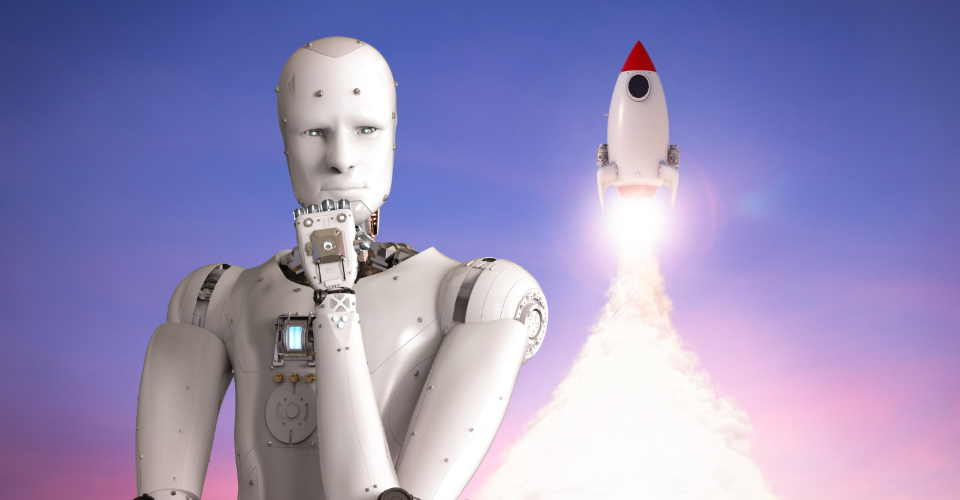

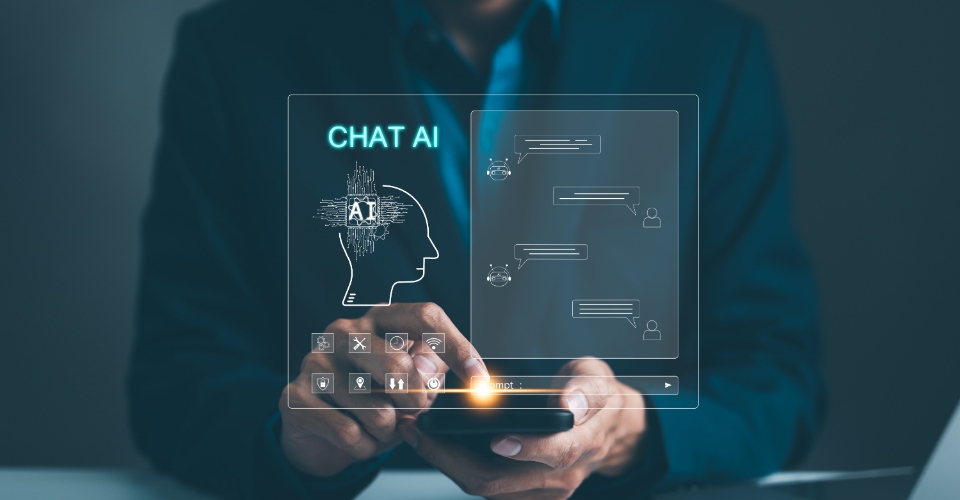
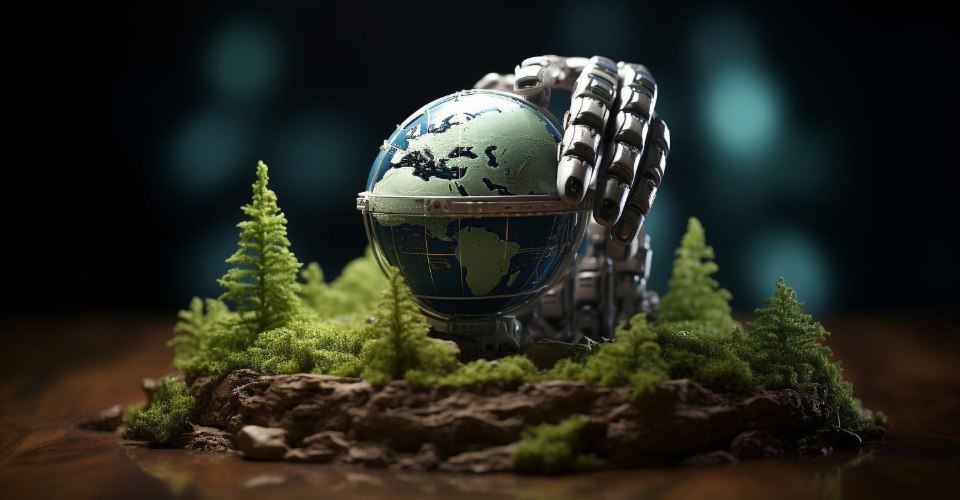
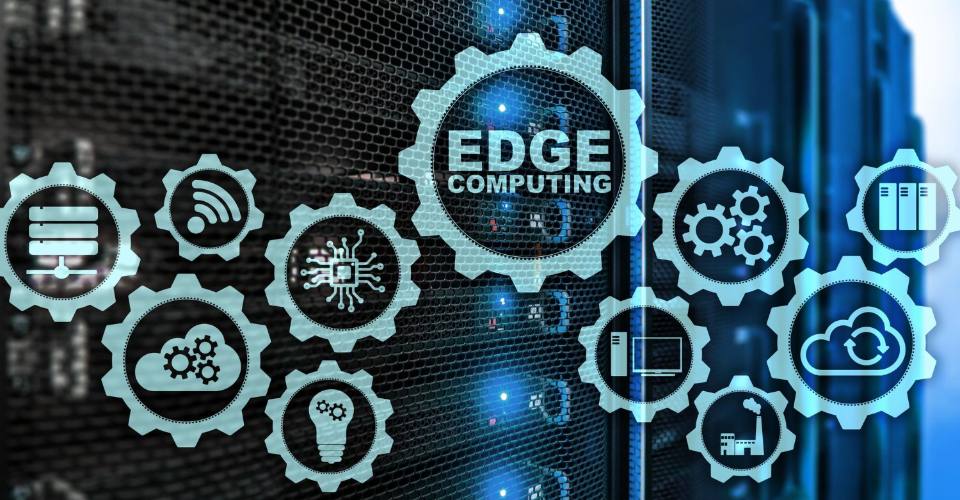
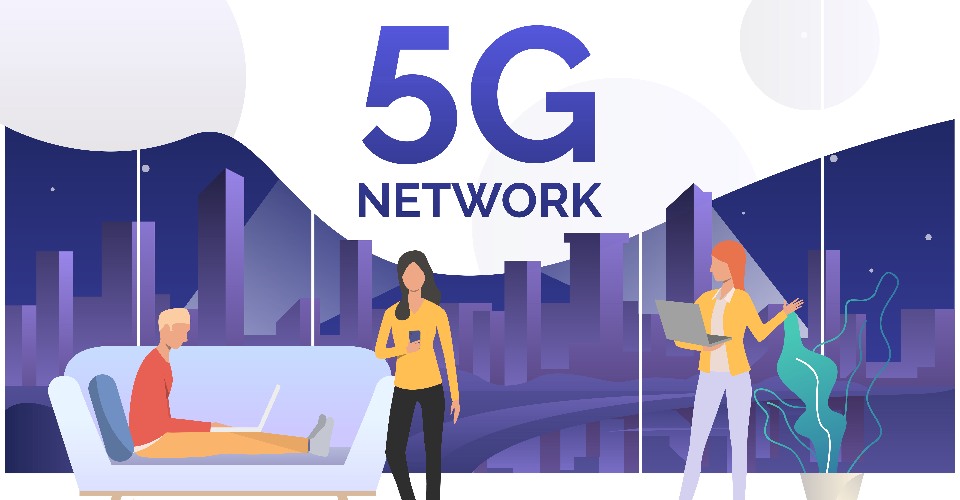
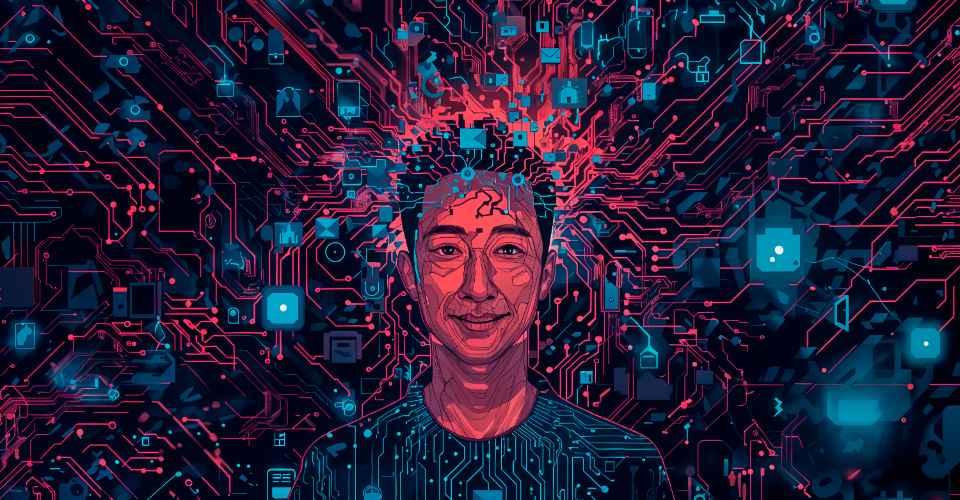
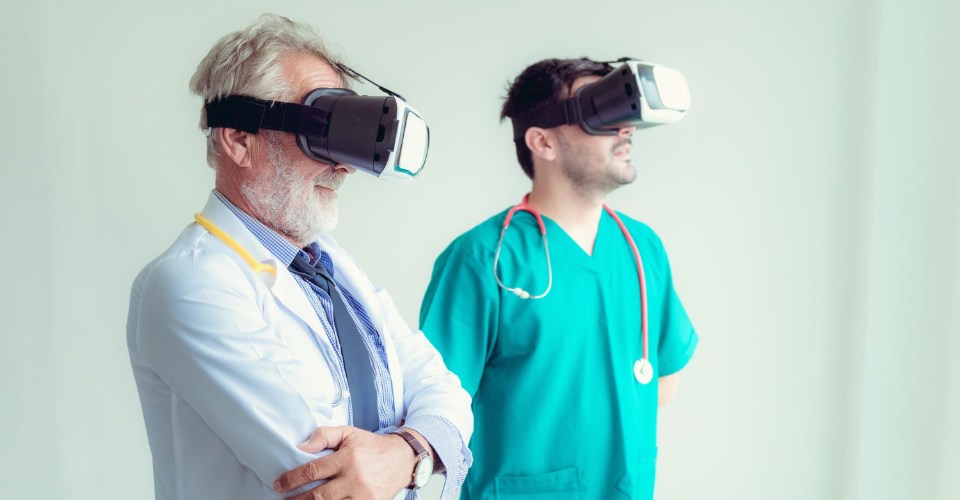


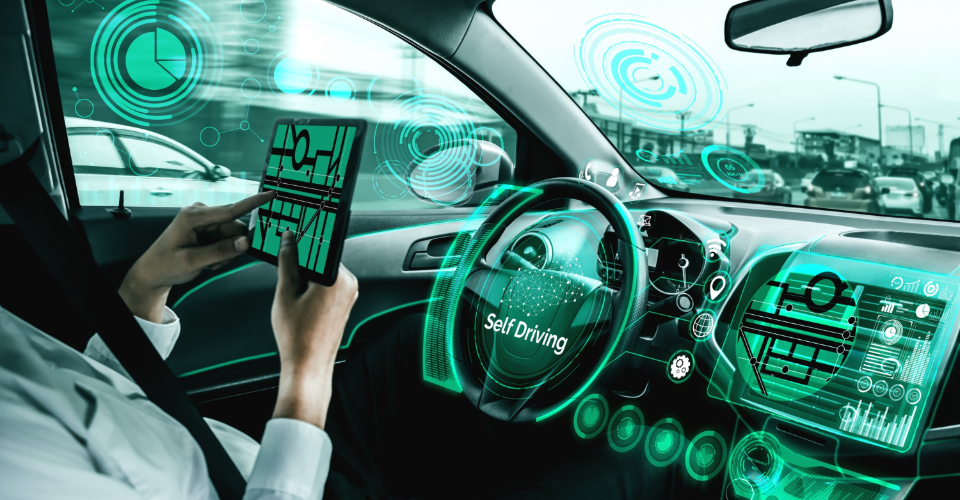

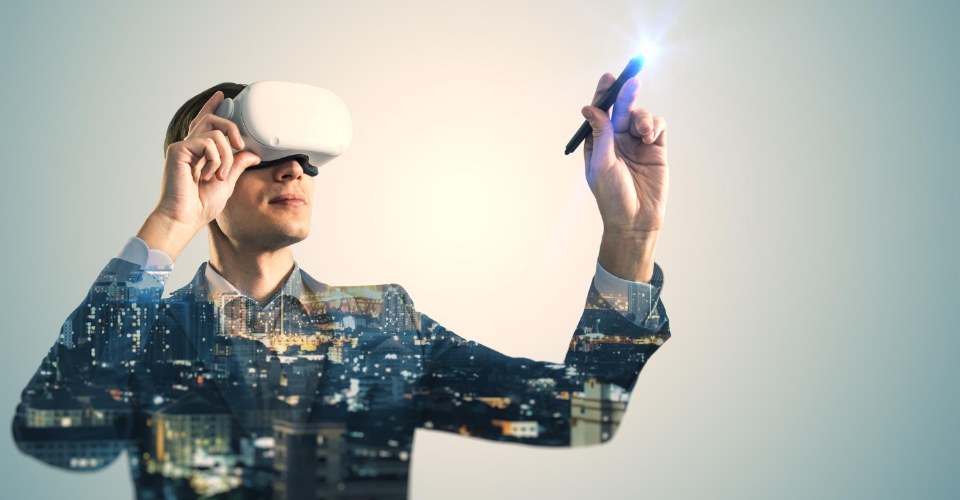



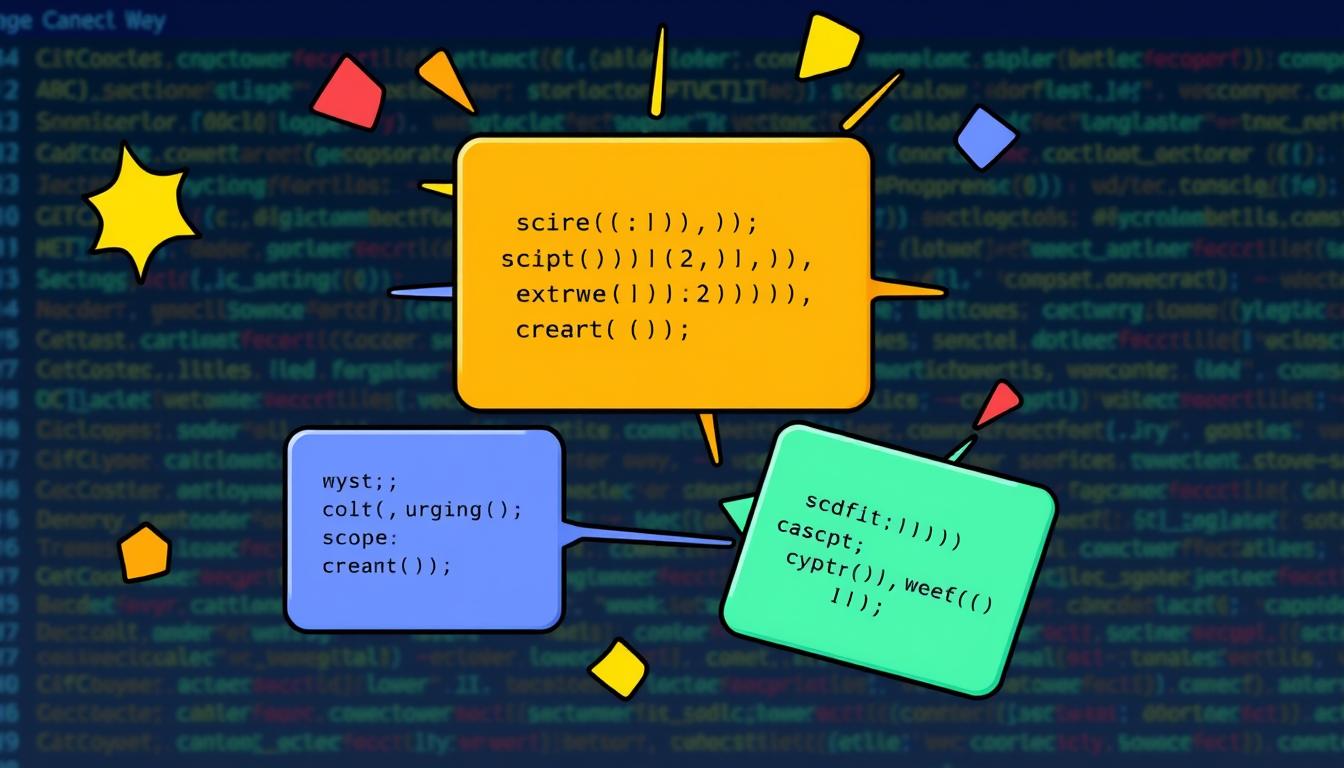
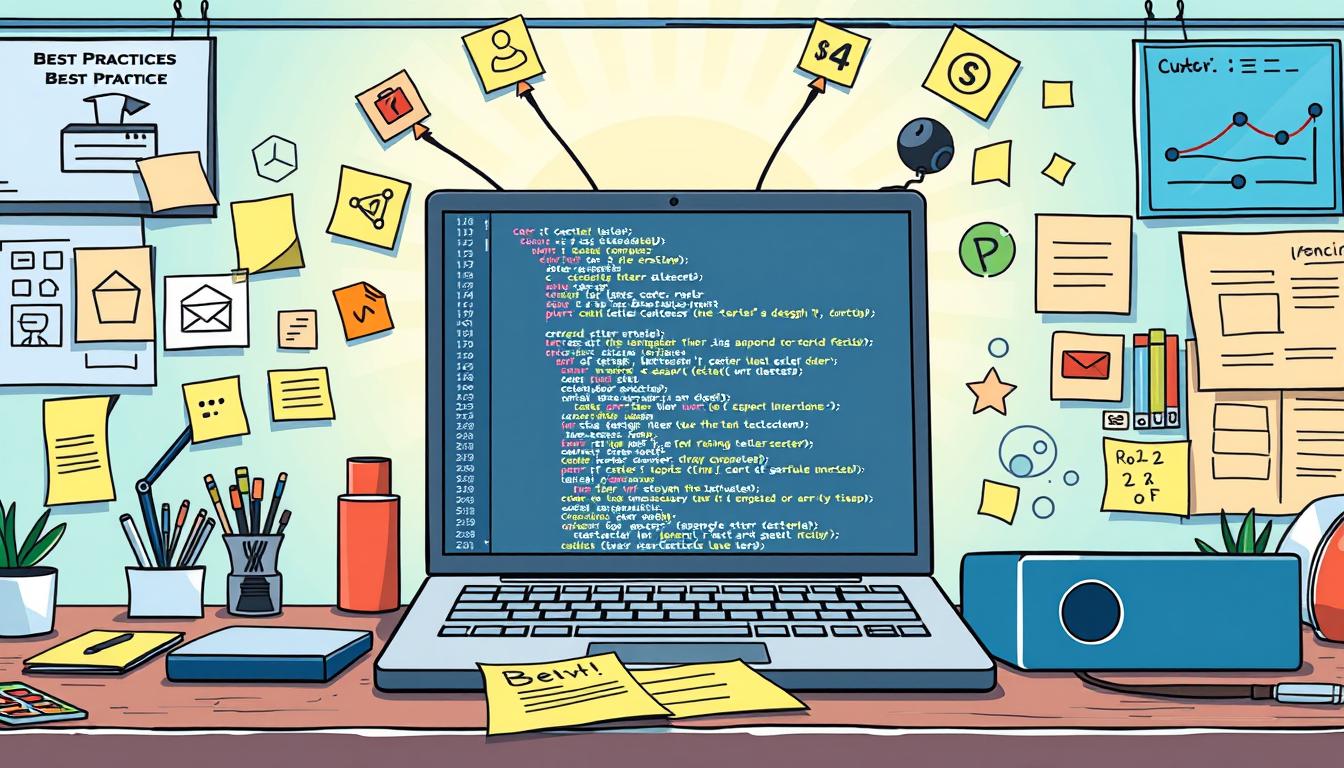
Leave a Reply